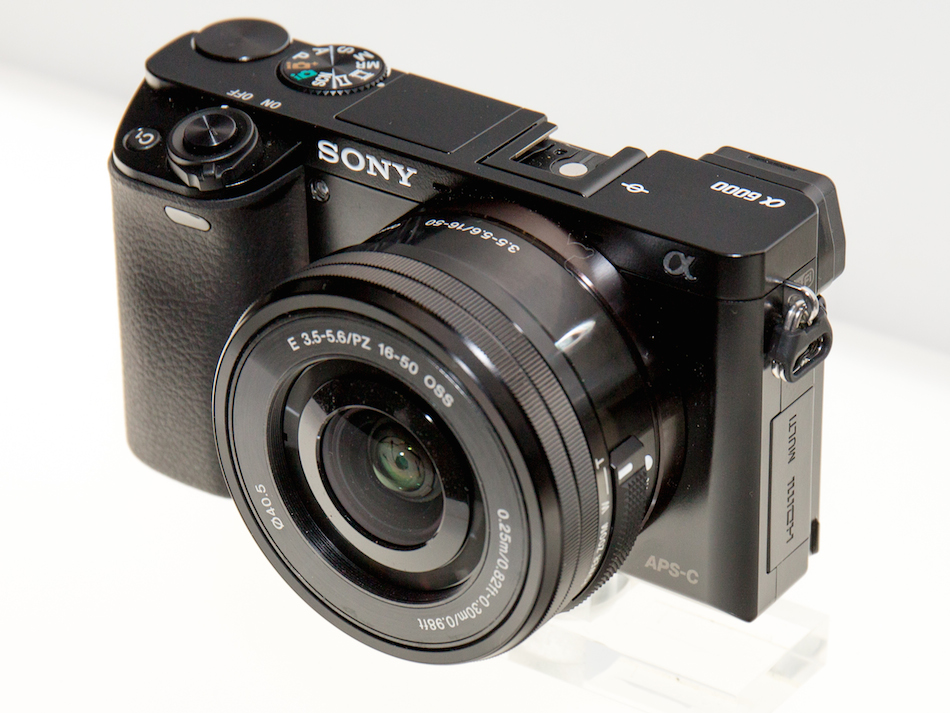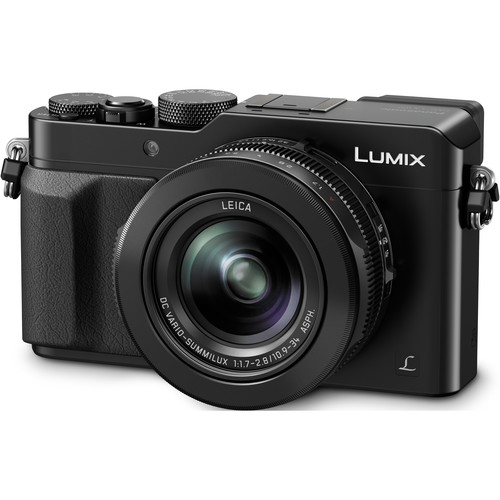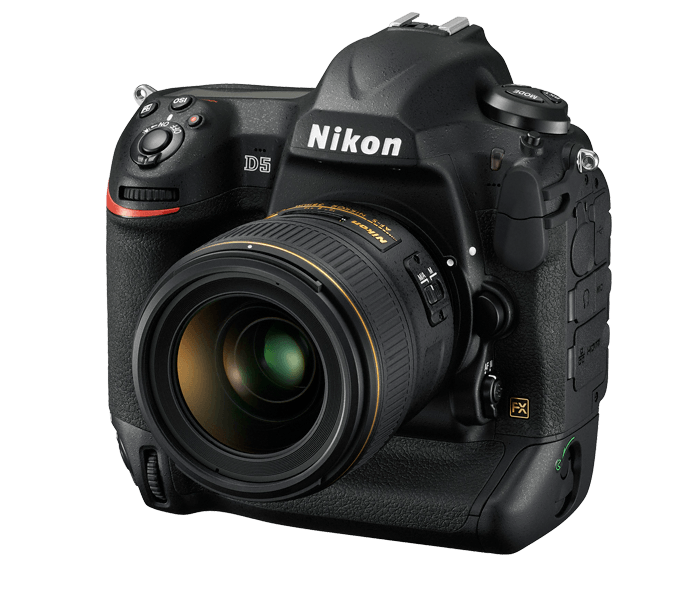Commercial Use of Aerial Footage is Now Legal
Commercial Use of Aerial Footage is Now Legal
Aerial drones are a relatively new piece of technology that sound people fine invasive, while others find invigorating. Regardless of how you may feel personally about drones, you have to admit that they are incredible pieces of technology that are really helping us understand just how the world is progressing. For those who are loving drones and everything that they can do in how we see the world, you’re about to love them even more, because the commercial use of aerial footage is now legal. Wondering what that means? Here are all of the details that you need to know.
Drones are now valid lines of work
Before now, it was assumed that those who invested time and money into getting a professional drone system with all of the hottest technological gadgets that go hand in hand, it was only for personal gain. After all, drones are just toys that you can play with and won’t actually do anything useful, right? While this may be true for the department store brand, the professional drone operators with a good quality craft are now able to say that flying a drone is an official line of work.
Many of us are not privy to understanding the fine work involved in drone flying, but there are many companies out there who are taking advantage of it. This is done, for example, by certain companies offering to connect drone flyers with companies who are looking for footage to be created. Like other freelancer sites, this gives the drone flyers the ability to get in touch with oppourtunities and contacts that they otherwise wouldn’t have. Thus, drone flying is now a profitable career option for those who are ready to get serious about it.
These are some of the highest source of income
While this may sound like some sort of trick, it’s the truth. The companies out there (like the one used as an example above), are some of the most profitable in the business world because they are jumping on the technology train and using their resources to fund a portion that is only going to grow faster as time goes on.
There are companies dedicated now to training those interested in learning to fly them, companies who are putting their resources towards developing more and more advanced technologies in the programming of drones, etc. Any company that is somehow connected to the development of drones and the related technology is making a lot of money quickly. It’s an exciting endeavour that has amazed businessmen and women everywhere.
They can be used in rescue work
Drones can be used in all sorts of situations including rescue work. Imagine if you could send in an unmanned machine to survey the damage so that no human life is put at risk going through rubble or debris until it is cleared to be safe for those who can go in and get help to those who need it. Additionally, drones can be used in rescue work where the manpower has to be centered around saving lives.
If a drone can help find lost and injured people by flying around and finding them at fast speeds, the time and effort of rescue workers is used much more wisely, meaning safer work experiences and more lives saved at the end of the day. Rescue work is a hard job that takes a toll on its workers, both physically and emotionally. With the use of drones, the jobs will become a little easier and maybe the profession will become more rewarding so that not as many people burn out from the program after 5-10 years. Rescue work can become a career option for everyone interested in it.
There are restrictions, and a license required
Now that it is commercially legal, there are some restrictions put onto drone usage in America, mostly centered around safety. The person who is flying the drone (or, responsible for it) must be at least 16 years old and have taken a special certification course that will show the student how to take care of the drone and maximize the safety of everyone involved. This certificate is also required at minimum if the footage is to be used commercially, because it also teaches about basic video recording tasks so that the footage quality is the best it can be.
While it may seem overly bureaucratic, it’s definitely a good idea as professional drones become more popular. Those flying them as well as creating the footage need to be trained at minimum to make sure that the good name of those professionals out there with drones doesn’t get tarnished.
How does this change the rest of the world?
If you’re not totally up to date on drones and their importance, you may be wondering how this new legislation can change the rest of the world. One of the ways, already mentioned, is with rescue work and other dangerous activities where surveillance is needed.
Another form of its usefulness is in careers like real estate. When a photo needs to be taken of something out of reach – where an aerial view might be more beneficial – drone photography is certainly something that can really offer a lot of perspective to the photograph. Drones are starting to enter all sorts of workplaces in great ways, and it is clear that the world of video- and photography is changing for the better.
The commercial use of aerial footage is a good thing for all of us, while we may not be impacted by it personally. It is an innovative field where technology is optimized and perfected for the field it is used in. Knowledge grows and power shifts. This has now all been harnessed in the legalization of the footage. Many are waiting with bated breath to see what comes next, and while it is unclear as to how the future is going to go for drones, it is certain that there will be a future for them.

 Photo credit: rokkie.tv
Photo credit: rokkie.tv  Photo credit: blog.fnac.ch
Photo credit: blog.fnac.ch


